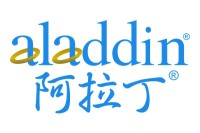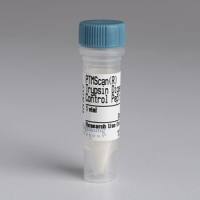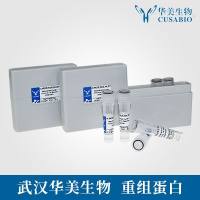Proteins
互联网
619
Because of the complexity of cellular material and body fluids, it is seldom possible to analyze a natural product directly. Qualitative and quantitative analyses must often be preceded by some purification step that separates the molecular species being examined from interfering materials. In the case of proteins, column liquid chromatography has been used extensively for these fractionations. With the advent of gel permeation, cation exchange, anion exchange, hydrophobic, and affinity chromatography, it became possible to resolve proteins through their fundamental properties of size, charge, hydrophobicity, and biological affinity. The chromatographic separations used in the early isolation and characterization of many proteins later became analytical tools in their routine analysis. Unfortunately, these inherently simple and versatile column chromatographic techniques introduced in the 50s and 60s have a severe limitation in routine analysis-separation time. It is common to encounter 1–24 h separation times with the classical gel-type supports.







